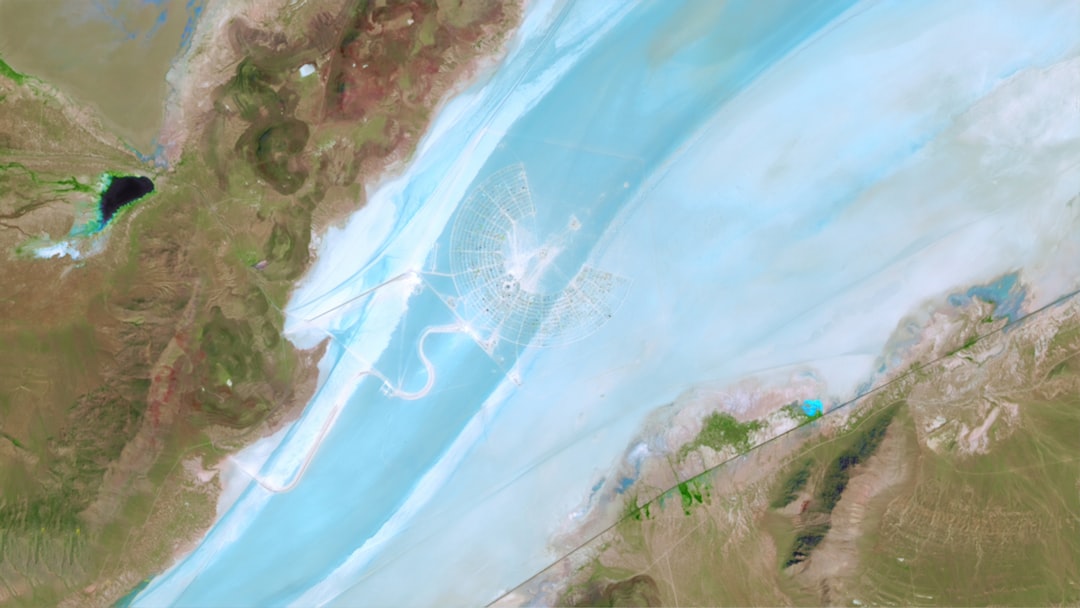What is it about?
This paper proposes a method to detect, identify, and localize these signals based on a cloud-data processing technique in which the jamming detection, identification, and localization are performed sequentially after gathering received signals from low-cost GNSS receivers distributed in a monitoring network.
Featured Image

Photo by henry perks on Unsplash
Why is it important?
Positioning and navigation services based on the Global Navigation Satellite System (GNSS) are becoming increasingly essential in applications related to consumer products as well as public services. However, because of the low received power of GNSS signals on the ground, the GNSS is highly vulnerable to jamming signals, defined as either intentionally or unintentionally emitted radio waves that block the reception of the GNSS signal and disrupt its operation by reducing the signal-to-noise ratio at the receiver end. A large amount of evidence on intentional or unintentional Global Positioning System (GPS) jamming has been steadily reported to the GNSS society.
Perspectives
This paper proposes a cloud-data processing technique in which the jamming detection, identification, and localization are performed sequentially after gathering received signals from low-cost GNSS receivers distributed in a monitoring network.
Gwongyu Jin
Inha University
Read the Original
This page is a summary of: GNSS cloud-data processing technique for jamming detection, identification, and localization, IET Radar Sonar & Navigation, March 2020, the Institution of Engineering and Technology (the IET),
DOI: 10.1049/iet-rsn.2019.0518.
You can read the full text:
Contributors
The following have contributed to this page










